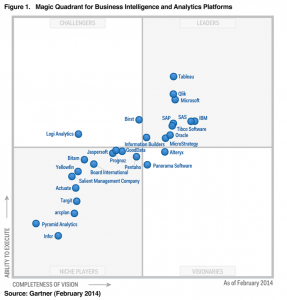Big Data has been one of the most significant and influential aspects of the Information Age as it relates to the enterprise world. Essentially, Big Data is the massive collection, indexing, mining, and implementation of information that emanates from just about any activity that can be monitored and managed electronically. Some of the uses of Big Data include: marketing intelligence, sales automation, strategizing, productivity improvement, and efficient management.
Enhancement of the workforce is one of the exciting and meaningful benefits of Big Data for the business sphere. Recently, human resource managers and analysts have been researching the implementation of Big Data as it relates to employees, and the following trends have emerged:
Employee Intelligence
For many decades, companies and organizations have tried various methods to gain knowledge about what their employees are really like. The productivity that workers can contribute to their employers is based on personal needs as they are balanced against the performance of their duties. With Big Data solutions, both personal needs and performance can be diluted into metrics for efficient analysis.
Modern workplace analytics originates from tracking employee records as well as metrics on their performance, interactions and collaboration. The idea is to focus on the right metrics to create a climate of positive engagement.
Read more at How to Use Big Data to Enhance Employee Performance
Share your opinions about this topic and subscribe to get updates in your inbox.






























